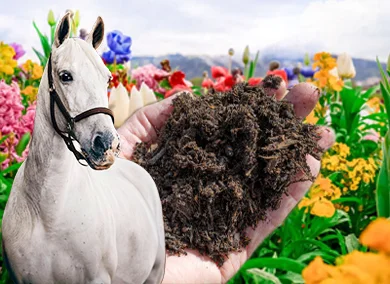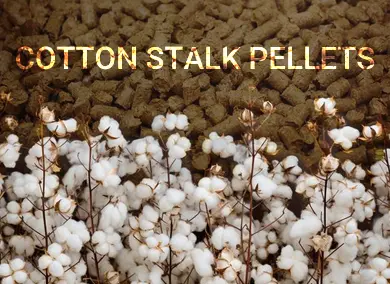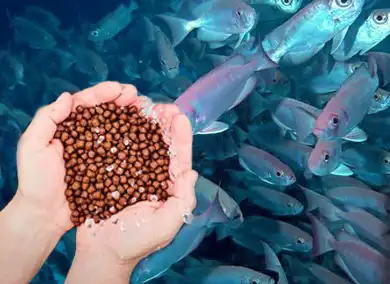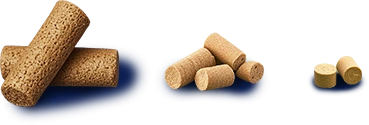Pellets with visual defects like cracks or uneven surfaces can frustrate manufacturers and harm customer satisfaction. These problems not only affect usability but also increase production costs. Here, we’ll analyze the root causes of these issues and share actionable solutions to improve your pellet production process.
.webp)
Why Do Wood Pellets Crack or Bend?
Problem 1: Bent Pellets with Surface Cracks
When pellets bend and crack on one side, it usually occurs as they leave the die. A dull blade or incorrect blade positioning can tear the pellets instead of cutting them cleanly.
How to Fix It:
- Increase the die compression ratio to enhance pellet density and hardness.
- Grind raw materials finer to create a more compact internal structure.
- Adjust the blade closer to the die surface or replace it with a sharper blade.

Problem 2: Horizontal Cracks Across Pellets
Horizontal cracks, usually visible across the cross-section, are common when long fibers in the raw material expand during extrusion.
How to Fix It:
- Use a die with a higher compression ratio for better pellet compactness.
- Ensure fiber length is no more than one-third of the pellet diameter by improving grinding quality.
- Slow down production speeds to reduce stress during extrusion.
Problem 3: Vertical Cracks in Pellets
Vertical cracks are often caused by uneven moisture content in raw materials. Inconsistent drying can lead to elasticity in the pellets, which releases tension and forms cracks.
How to Fix It:
- Upgrade or fine-tune the drying equipment to ensure uniform moisture distribution.
- Lengthen the die channels to increase pellet compaction.

Why Are Pellet Surfaces Uneven?
Problem: Uneven or Rough Pellet Surfaces
Uneven surfaces typically result from raw materials that haven’t been finely ground. Large, unbroken wood particles fail to blend well during compression, leading to rough textures.
How to Fix It:
- Use a high-performance grinder to produce evenly fine raw materials.
- Implement a screening step to filter out oversized wood particles.
Why Do Pellet Colors Vary?
Problem: Uneven Pellet Colors (“Flower Pellets”)
Color inconsistency, also known as “flower pellets,” can be caused by uneven blending or material inconsistency.
Main Causes:
- Recycled Material Issues: Reused material often fails to mix evenly with new raw material.
- Die Surface Quality: Uneven or rough die holes may scratch the pellet surface, affecting color.
How to Fix It:
- Pulverize recycled materials and mix them thoroughly with new materials.
- Use high-quality dies and polish the die holes to ensure smooth pellet surfaces.
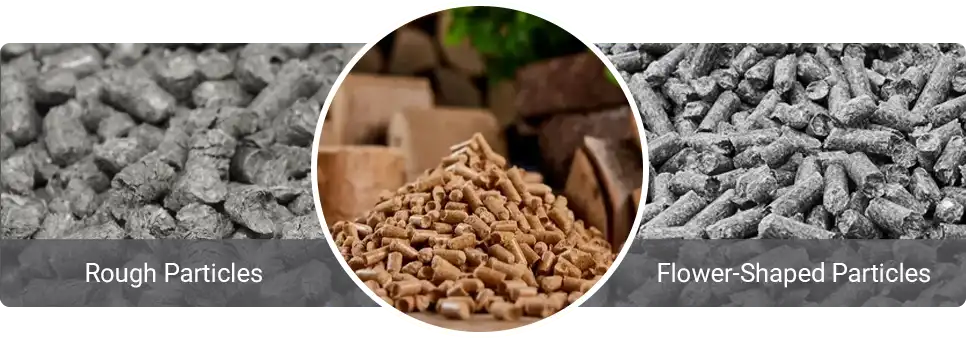
Conclusion: Produce High Quality Pellets with Confidence
Issues like cracks, uneven surfaces, or color variations stem from raw material inconsistencies, improper equipment maintenance, or process inefficiencies. By applying the above solutions, manufacturers can significantly enhance pellet quality, improve customer satisfaction, and boost market competitiveness.
Implement these strategies today to create better pellets and strengthen your position in the biofuel industry!



